The Road to LIMES Congress 2022, a Preview...
This event took place online, Thursday, 26 August 2021, 14.00-16.30 (CEST, Amsterdam)

Hubert Bruls (1966) is sinds 2012 burgemeester van Nijmegen. Hij is verantwoordelijk voor openbare orde en veiligheid, dienstverlening en burgerzaken, externe betrekkingen, juridische zaken, communicatie, onderzoek en statistiek. Hiervoor was hij burgemeester van Venlo. Van 2002 tot 2005 was Bruls Tweede Kamerlid voor het CDA. Tussen 1998 en 2002 was hij gemeenteraadslid en wethouder in Nijmegen. Bruls studeerde politicologie aan de Katholieke Universiteit Nijmegen.

Tamar Leene (1976) studied in Wageningen (landscape design and planning) and Leiden (political science) and has been working since 2011 on the nomination of the Lower German Limes on behalf of the provinces of Utrecht, Gelderland and South Holland . Previously, she was project leader greenhouse horticulture in the province of South Holland and working in the field of spatial planning.
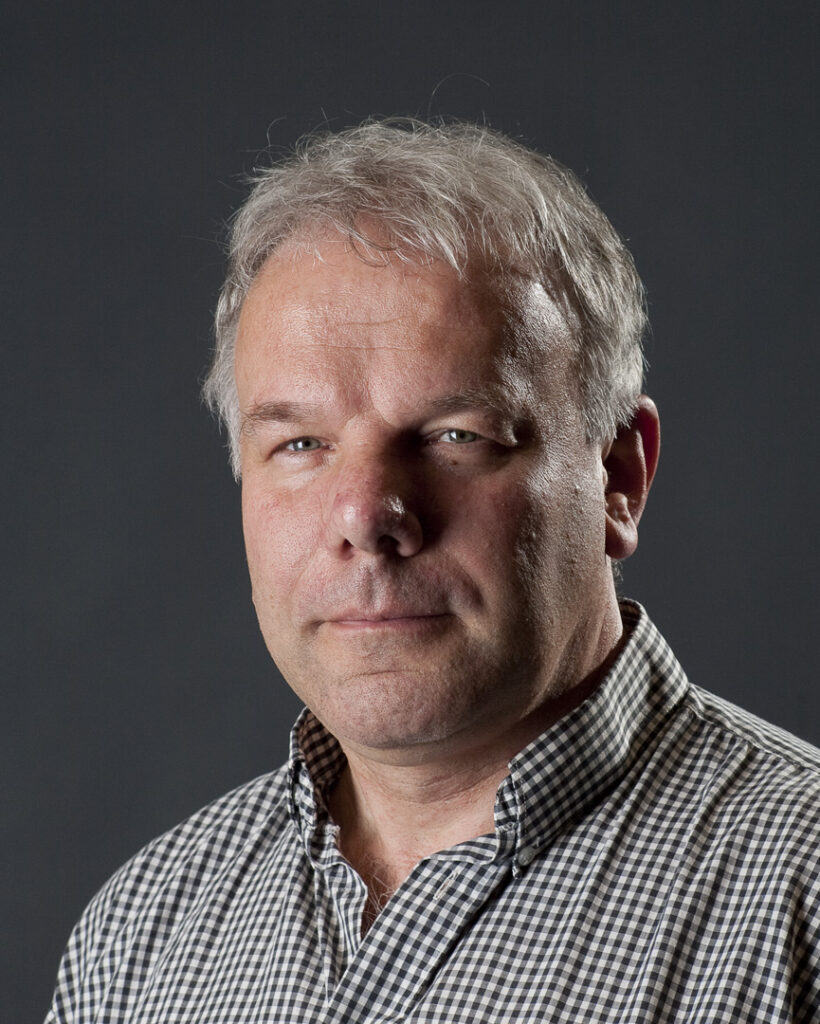
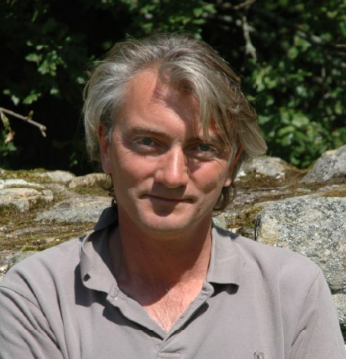
Harry van Enckevort graduated cum laude in 1986 from the then Catholic University of Nijmegen with a degree in Historical Geography. In 1988 he completed his study of Cultural Prehistory, with emphasis on the archaeology of the Roman period, at the University of Amsterdam. He has been working as an archaeologist for the municipality of Nijmegen since 1995. In 2012 he received his PhD from Leiden University. He is author of several overview publications on the Roman period in the Southern Netherlands, and Nijmegen in particular.
Erik Graafstal studied provincial-Roman archaeology and history in Utrecht. As municipal archaeologist he has since 1997 led large-scale fieldwork along the Roman frontier in the Leidsche Rijn urban development west of Utrecht. His principal research interest concerns the development of Roman frontier systems in Northwest Europa. He was involved in the early stages of the Worldheritage nomination of the Lower German Limes. Since 2015 he is part-time director of the Hoge Woerd Museum which is part of the 2022 excursion programme.

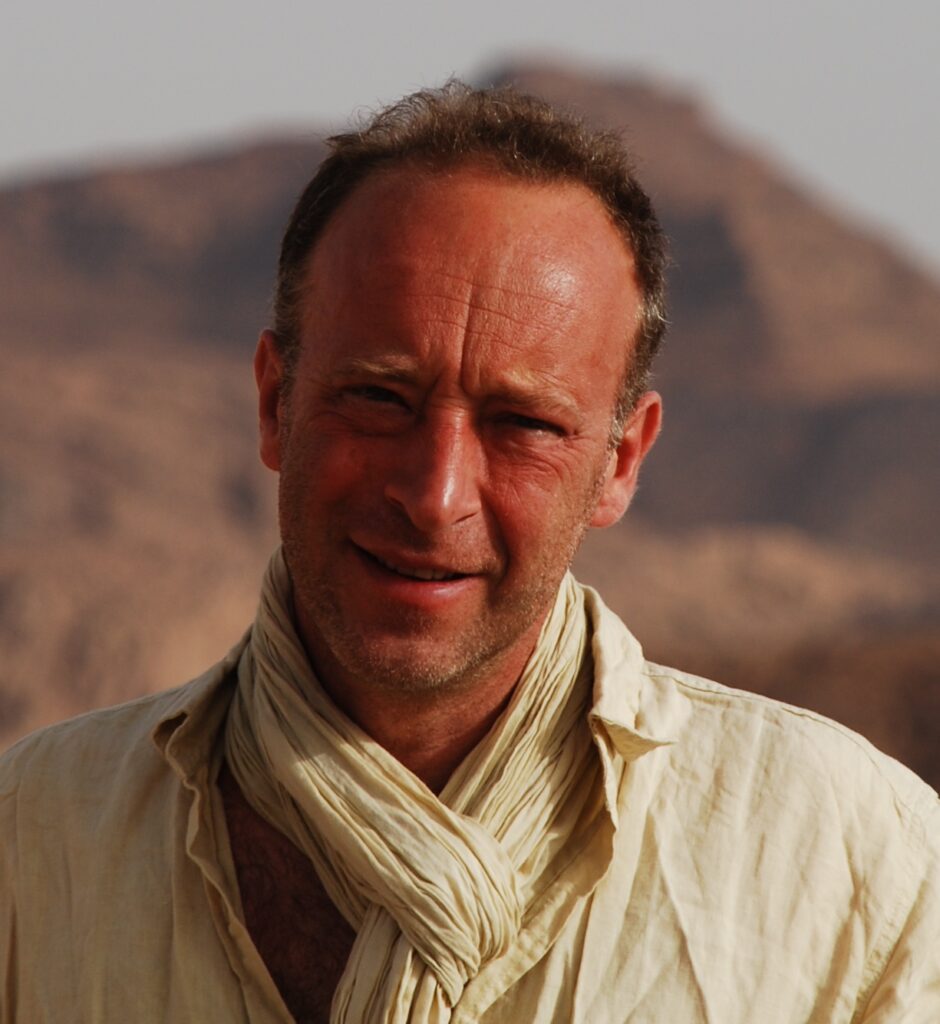
Mark graduated at Wageningen University (tropical forestry and agriculture) and worked for many years in Africa and South America. After returning to The Netherlands he started working as a field archaeologist and studied Provincial Roman Archaeology at the University of Amsterdam, where he also obtained his PhD on the topography, settlement continuity and monumentality of Roman Nijmegen. He excavated and worked on the Roman harbour of Voorburg-Arentsburg (Forum Hadriani). Since 2011 he is Assistant Professor in Provincial Roman Archaeology at Leiden University and director of the Udhruh Archaeological Project (Jordan): a joint-venture with his Jordanian colleague dr. Fawzi Abudanah.


David Breeze has excavated on and written about Hadrian’s Wall and the Antonine Wall, and published on Roman frontiers and the Roman army. He served as chairman of the Congress of Roman Frontier Studies. He led the team which successfully nominated the Antonine Wall as a World Heritage Site and helped create the Frontiers of the Roman Empire WHS.
Michel Reddé is a professor (Emeritus) of Roman History and Archaology in the Ecole pratique des Hautes Etudes/Université Paris Sciences et Lettres. He was the chairman of “Conseil national de la recherche archéologique in France” and led several excavations in France (Alesia; Mirebeau; Oedenburg) or Egypt (Douch; military fortlets in the Eastern Desert of Egypt).
The Breeze element will be a short presentation describing the genesis and purpose of the multi-language series of books on Roman frontiers, the production of the existing titles and the plans for the future.
Michel Redde will discuss the production of the latest book in the multi-language series, The Roman frontier in Egypt, the first modern account of this distinctive frontier.
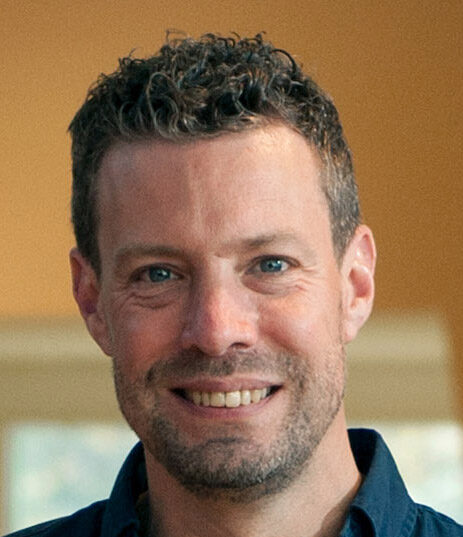
Jasper de Bruin studied Archaeology of the Roman Period at the University of Amsterdam and completed a PhD in Roman Archaeology at Leiden University. From 2006 to 2020, he was a lecturer and researcher at Leiden University. In 2019, Jasper de Bruin started as curator of the collection of The Netherlands in the Roman period at the Rijksmuseum van Oudheden.
The National Museum of Antiquities in Leiden, The Netherlands, houses a substantial collection of finds and documentation of the Lower German Limes. Besides presenting objects, research is an important task of the museum. In this presentation, Jasper de Bruin, curator of the collection The Netherlands in the Roman period, will give an overview of current and future projects focussing on the Lower German Limes.
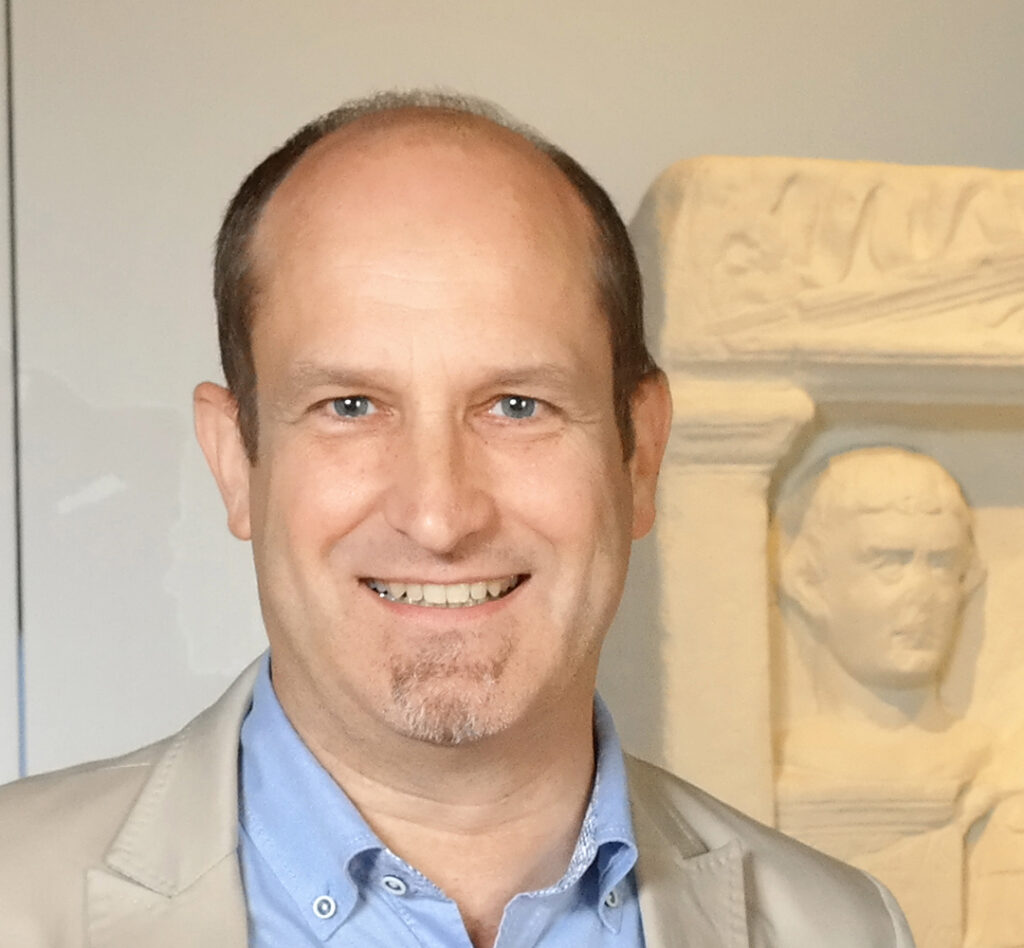
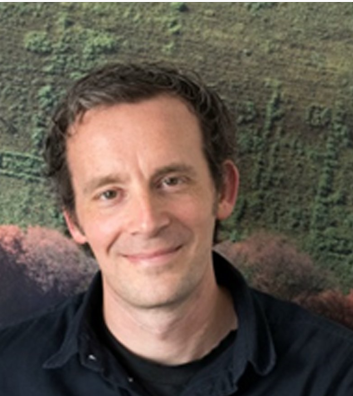
Christoph Eger studied prehistoric and early medieval archaeology, classical archaeology, and ancient history at the universities of Bonn and Munich (Germany): MA in 1993, doctorate in 1997, habilitation in 2009. His research interests include the Roman time in the Rhineland as well as late antique North Africa and Spain. He has been serving as chief curator of the LVR-RömerMuseum Xanten since 2019.
I read Archaeology of the Roman Provinces, Classical Archaeology and Historical Geography at the universities of Cologne, Bonn and Saarbrücken (Germany). I joined the state heritage agency for the Rhineland (LVR-ABR) in 2002 and since 2010 I have been the Limes co-ordinator for North Rhine-Westphalia. My research interests are remote sensing, landscape archaeology and the frontiers of the Roman Empire.
The section between Alpen-Drüpt and Burginatium / Kalkar has got a hotspot of the Lower German Limes in the Rhineland – at least with respect to the results of the research of the last decade. The mayor sites in this section are the legionary camp Vetera and the Roman city of Colonia Ulpia Traiana near Xanten. In addition, a huge number of temporary camps (training camps) of the Roman army have been detected by surveys and LiDAR.



Drs. Wilfried Hessing MCifA (1957) has been working in archaeology for nearly 40 years, the last 20 years as owner/director of Vestigia Archaeology & and Cultural history ltd. He combines his managerial work with consultancy and archaeological research. His research interests are Provincial Roman Archaeology, mortuary practices and Limes infrastructure, on all of which he has published widely.
Dr. Wouter K. Vos (1969) is the owner of archaeological consulting and research firm Vos Archeo and a part-time lecturer at Saxion University of Applied Science (Archaeology). He is specialised in the Roman period in the Netherlands, with an emphasis on the Limes, rural settlements and ships. His publications include studies of, amongst others, the Limes sites Valkenburg, Woerden, Bodegraven and Vechten.
Drs. Evert van Ginkel (1955) is grounder and owner of TGV teksten & presentatie, a bureau specialised in publications and presentations of archaeology and (cultural) history for a general public. He has (co-)written more than 30 books and designed and realised dozens of exhibitions on various subjects, the Dutch part of the Limes being one of his main interests.
Romans on the Waterfront is the name of a survey, commissioned by the RCE (State Service for the Cultural Heritage), Amersfoort, Netherlands, and realised by the archaeological firms of Vestigia Archaeology & and Cultural history ltd, Vos Archeo and TGV teksten & presentatie, together with a team of specialists on the subject of the Dutch part of the Roman Limes. This survey, published in July 2021, gives an overview of progress made, and knowledge gained by excavation and other archaeological interventions, in the past 25 years – the period since the Valletta Convention was implemented in the Netherlands. The westernmost, Dutch part of the Lower Rhine Limes, nominated for inclusion on UNESCO’s World Heritage List, contains many sites remarkable for their waterlogged conditions and therefore favourable preservation of organic materials. Historically, this part of the Roman frontier has its own story to tell, for which archaeological finds provide plenty of evidence and additional information. Also, its research history and the archaeological heritage management of the various sites are often good illustrations of the potential and wider context of further Limes research. Romans on the Waterfront gives us an inventory of sites discovered, excavated, and studied in the past 25 years, analyses the results, points out the strong and weaker aspects of the Dutch approach and gives recommendations for the future.
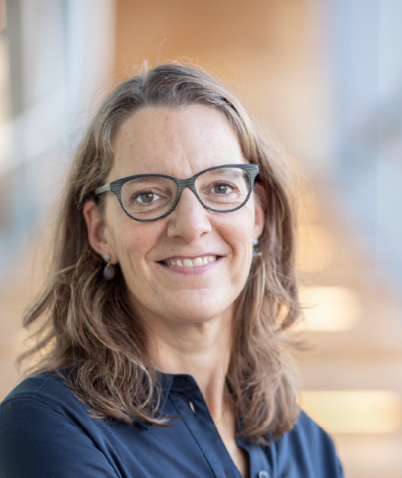
Dr. Saskia Stevens is assistant professor in Ancient History and Classical Civilization at Utrecht University. She is specialised in the history and archaeology of the Roman Period. Her research focuses on the impact, significance and physical appearance of borders and borderscapes in the Roman Empire. She is currently PI of the multidisciplinary project ‘Constructing the Limes’.
Constructing the Limes (C-LIMES) investigates how borders function, how they impact landscape and society, and how they can become appropriated and made visible as cultural and political constructs. The focus is on the borderscape of the Lower Rhine Limes, situated today in the Netherlands, Germany, and Belgium. All known Limes infrastructure (forts, temporary camps, roads, watch towers) will be studied, analysed and mapped providing an integral image of the border’s materiality. With the participation of volunteers and citizen scientists, new archaeological finds as well as finds stored in municipal depots will be sorted, analysed, and catalogued in an open access database (PAN). As a result, we can get an integral picture of the movement of goods and ideas within the Limes borderscape. The application of new archaeological techniques, such as strontium (sr) isotope analysis and environmental DNA, will enable us to reconstruct the regional and interregional mobility of people, and provide insights into their diet and general health. The project furthermore studies the reception of the Limes: how was the border (re)constructed in later periods and revived for the benefit of nation building and the creation of a national, regional and European identity. This twofold approach will help us to better understand current attitudes towards borders and will enable us to contribute to – and perhaps adjust – contemporary public debates regarding borders and cultural interactions by historic knowledge.
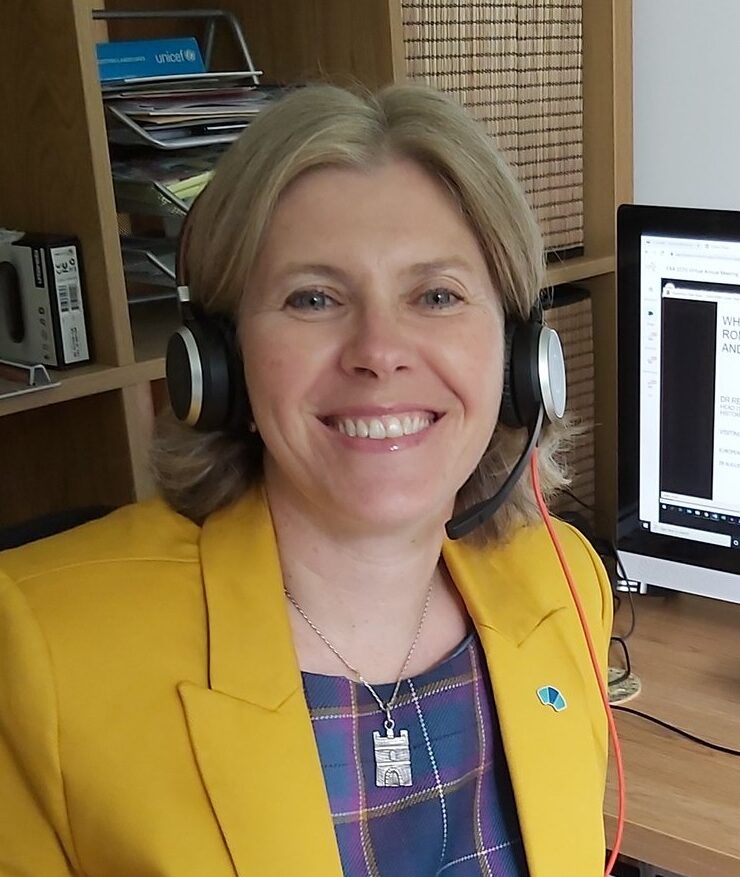
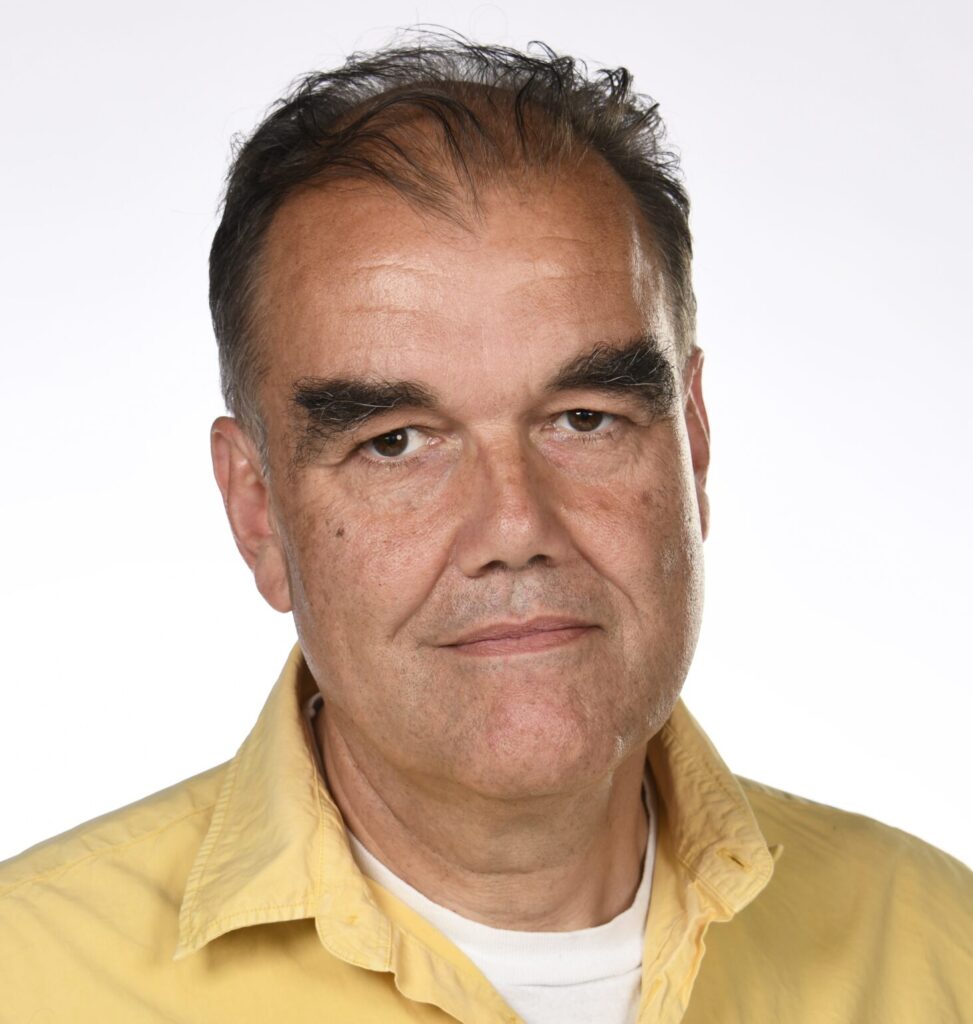
Rebecca Jones is Head of Archaeology & World Heritage at Historic Environment Scotland, and a Visiting Professor at Heriot-Watt University. Her research interests focus on Roman camps and frontiers, especially the Antonine Wall; she led the mapping for its successful World Heritage nomination. Together with Andreas Thiel, she is co-Chair of the Congress of Roman Frontier Studies.
Andreas Thiel is chief inspector for archaeological monuments and works for the state department for conservation in Baden-Württemberg. He co-ordinated the application for the Upper German and Reatian Limes on the WH-List 2005 and was secretary of the German Limes-Commission. Together with Rebecca Jones, he is co-Chair of the Congress of Roman Frontier Studies.
